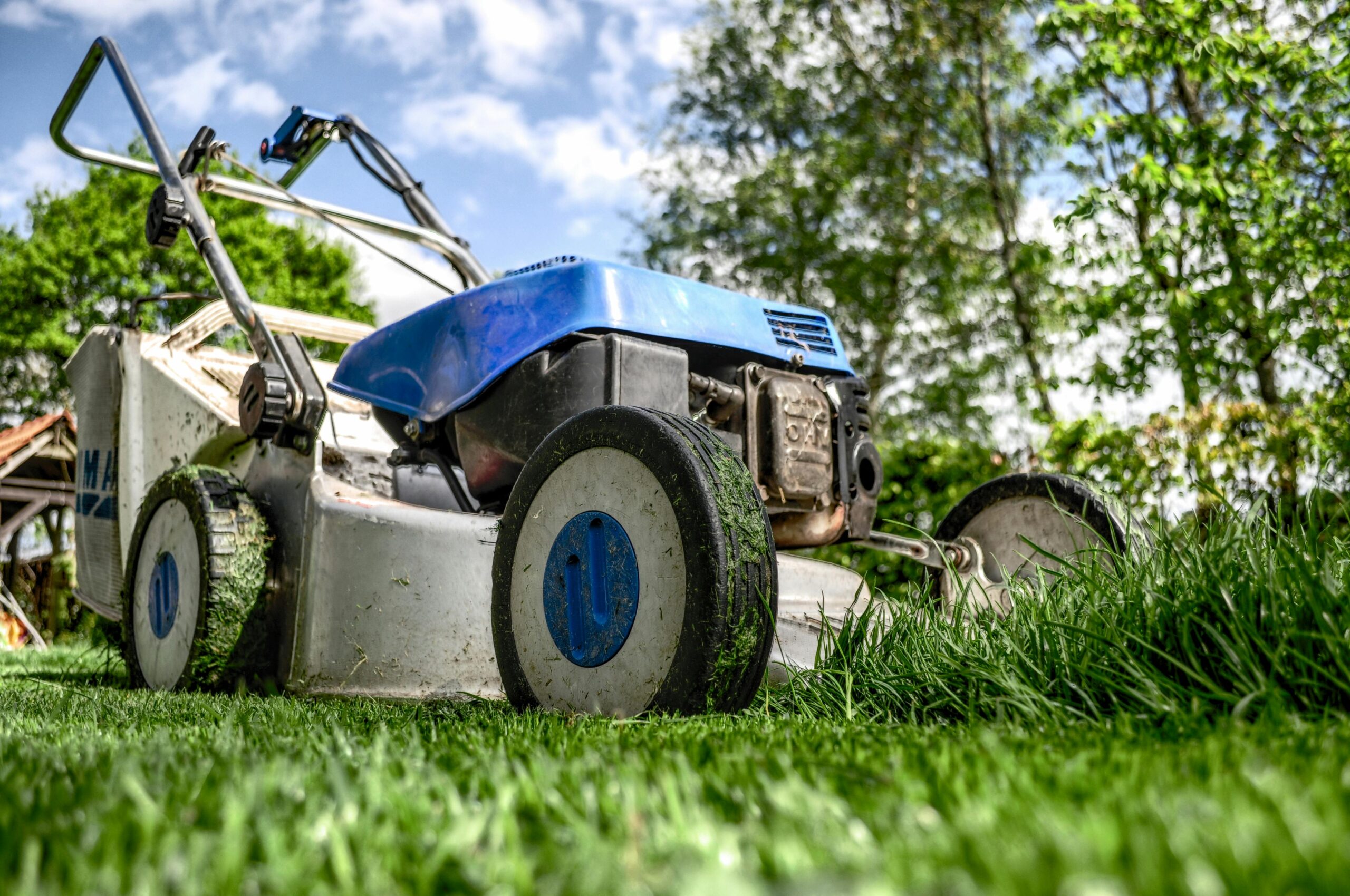Maintaining a lush, green lawn requires consistent care that changes with the seasons. This comprehensive lawn care schedule guide provides everything you need to know about seasonal lawn maintenance tips throughout the year. From proper mowing heights and fertilization timing to efficient watering techniques and strategic weed control, this healthy grass care plan will transform your yard into the envy of the neighborhood. By following these recommendations and adjusting them to your specific climate zone, you’ll develop a sustainable routine that promotes resilient, beautiful turf.
Spring Lawn Care Essentials
As temperatures warm and your lawn awakens from winter dormancy, spring marks the beginning of your active lawn care season. Start by raking away dead grass and debris accumulated over winter, allowing light and air to reach the soil. Early spring is the ideal time to test your soil’s pH and nutrient levels, which informs your fertilize weed control timing throughout the year. Most lawns thrive with a pH between 6.0 and 7.0, so add lime to raise pH or sulfur to lower it based on test results.
Apply a light application of spring fertilizer with a higher nitrogen content to encourage green growth. The best approach is a slow-release formula that provides nutrients gradually rather than all at once. As noted by lawn care experts at AskHomey, properly timed fertilization prevents the common mistake of over-feeding, which can lead to thatch buildup and fungal diseases.
For spring mowing, set your blade height to about 2.5-3 inches for cool-season grasses (like Kentucky bluegrass and fescue) or 1-2 inches for warm-season varieties (like Bermuda and Zoysia). Begin mowing when your grass reaches about a third higher than your desired height, following the “one-third rule” – never remove more than one-third of the grass blade in a single mowing.
Pre-emergent herbicides should be applied when soil temperatures reach about 55°F (typically when forsythia bushes bloom) to prevent crabgrass and other summer annual weeds. This timing is crucial in your seasonal lawn maintenance tips calendar, as applying too late renders these products ineffective.
Summer Lawn Management Strategies
Summer brings higher temperatures and often drought conditions that stress your lawn. During this challenging season, your healthy grass care plan should focus on proper watering techniques. Water deeply and infrequently – about 1 to 1.5 inches per week, preferably in one or two sessions rather than daily light sprinklings. This encourages deeper root growth and drought resistance. The best time to water is early morning (between 4-10 AM) to minimize evaporation and fungal disease risk.
Adjust your mowing height upward by about half an inch in mid-summer. Taller grass shades soil, keeping it cooler and reducing moisture loss. It also develops deeper roots and naturally crowds out many weeds. Continue following the one-third rule, but consider mowing more frequently during rapid growth periods to avoid removing too much at once.
Summer is not the time for heavy fertilization in most regions. If your lawn shows signs of nutrient deficiency (pale color, slow growth), apply a light application of a balanced, slow-release fertilizer. For spot treatments of weeds that escaped your spring pre-emergent application, use targeted post-emergent herbicides during cooler mornings when temperatures are below 85°F to avoid damaging your lawn.
Monitor for insect damage from grubs, chinch bugs, and other pests that thrive in summer heat. Look for irregular brown patches or grass that pulls up easily, indicating root damage. Treat problems promptly with appropriate insecticides according to your lawn care schedule guide to prevent widespread damage.
Fall Restoration and Preparation
Fall presents the perfect opportunity to repair summer damage and prepare your lawn for winter. In many ways, fall is the most crucial season in your lawn care schedule guide. The cooler temperatures and typically more consistent rainfall create ideal conditions for root development and overall lawn health.
September through October is the optimal time for core aeration, particularly for cool-season grasses. This process removes small plugs of soil from your lawn, alleviating compaction and allowing water, air, and nutrients to penetrate deeper. Follow aeration with overseeding to fill in thin areas and introduce improved grass varieties. The soil contact created by aeration significantly improves seed germination rates.
Fall is also the most important time for fertilization in your healthy grass care plan. Apply a fertilizer with higher potassium and phosphorus content to encourage root growth and winter hardiness. This autumn feeding provides reserves that help grass survive winter and green up quickly in spring.
Continue mowing until growth stops, gradually lowering the blade height during the last few cuts to about 2 inches. This prevents snow mold and other winter diseases without scalping the lawn. Remove fallen leaves promptly to prevent them from smothering the grass and creating wet spots that lead to fungal problems.
Late fall is the ideal time to control perennial weeds like dandelions. As these plants prepare for winter, they actively transport nutrients to their roots, which means they’ll also move herbicides to their root systems more effectively, resulting in complete elimination.
For more tips and to connect with reliable home service professionals, follow AskHomey on Facebook and Instagram.



